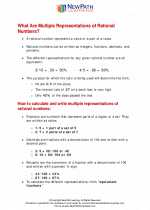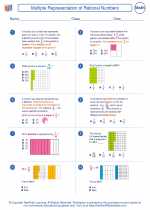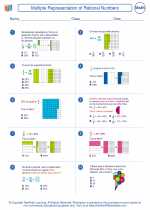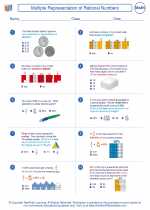Curved Faces in Mathematics
In mathematics, curved faces refer to the surfaces of three-dimensional shapes that are not flat, but instead have a curved or rounded shape. These curved faces can be found in various geometric shapes, including spheres, cones, cylinders, and other curved surfaces.
Examples of Curved Faces
1. Sphere: A sphere is a three-dimensional shape with all points on its surface equidistant from the center point. The surface of a sphere is a classic example of a curved face in geometry.
2. Cone: A cone has a circular base and a curved surface that tapers to a single point, known as the vertex. The lateral surface of the cone is a curved face.
3. Cylinder: A cylinder has two circular bases and a curved surface that connects the bases. The lateral surface of the cylinder is a curved face.
Calculating Curved Faces
To calculate the curved surface area of a three-dimensional shape with curved faces, different formulas are used for each shape. For example, the formula for calculating the surface area of a sphere is 4πr^2, where r is the radius of the sphere. Similarly, the formula for calculating the lateral surface area of a cone is πrl, where r is the radius of the base and l is the slant height of the cone.
Study Tips
1. Understand the basic properties of each geometric shape with curved faces, including the sphere, cone, and cylinder.
2. Practice using the appropriate formulas to calculate the curved surface area of different shapes.
3. Visualize the shapes and their curved faces to better understand how the surface area is calculated.
4. Work on sample problems and exercises to reinforce your understanding of curved faces and their calculations.
Summary
Curved faces are an important concept in geometry, particularly in the study of three-dimensional shapes. Understanding the properties of curved faces and being able to calculate their surface area using the appropriate formulas is crucial for solving problems related to these shapes.
.◂Math Worksheets and Study Guides Sixth Grade. Multiple Representation of Rational Numbers

 Worksheet/Answer key
Worksheet/Answer key
 Worksheet/Answer key
Worksheet/Answer key
 Worksheet/Answer key
Worksheet/Answer key
